Body of DU Student Sneha Debnath Recovered from Yamuna River After Six Days
Sneha Debnath, a 19-year-old second-year B.Sc. Mathematics student at Delhi University’s Atma Ram Sanatan Dharma College, tragically passed away following her disappearance on July 7, 2025. Originally from Sabroom in Tripura and residing at the Paryavaran Complex in Delhi, her final phone call home came that morning, after which her phone went dead

After being reported missing, authorities-including Delhi Police and the NDRF-conducted an extensive search spanning from Nigam Bodh Ghat to Noida. Investigators discovered a handwritten note in her hostel room expressing her plan to end her life at the Signature Bridge-a known spot for such incidents, but reportedly lacking functional CCTV coverage.
On July 13, her body was found floating near the Geeta Colony flyover, approximately 10 km downstream from the bridge . Delhi Police confirm the note’s authenticity, and a post‑mortem is underway to determine the cause of death.
Sneha's friends have shared that she had been struggling with emotional distress for months prior, sending messages and emails on the morning she disappeared. Her family has voiced serious concern over the delay in filing the FIR and the absence of CCTV coverage at Signature Bridge, which may have hampered early rescue efforts .
Tripura’s Chief Minister, Manik Saha, publicly urged Delhi authorities to act swiftly when she was reported missing, and police cooperation followed .
Takeaway for Readers:
-
Mental health is a critical concern among university students—especially those living away from home. Sneha’s case highlights the need for early intervention, better support systems, and campus counseling.
-
Infrastructure gaps matter: Signature Bridge is a known hotspot lacking surveillance, raising questions about public safety in sensitive areas.
-
Swift response mechanisms: Timely filing of FIRs, robust coordination between states, and active search operations can make a life-saving difference.









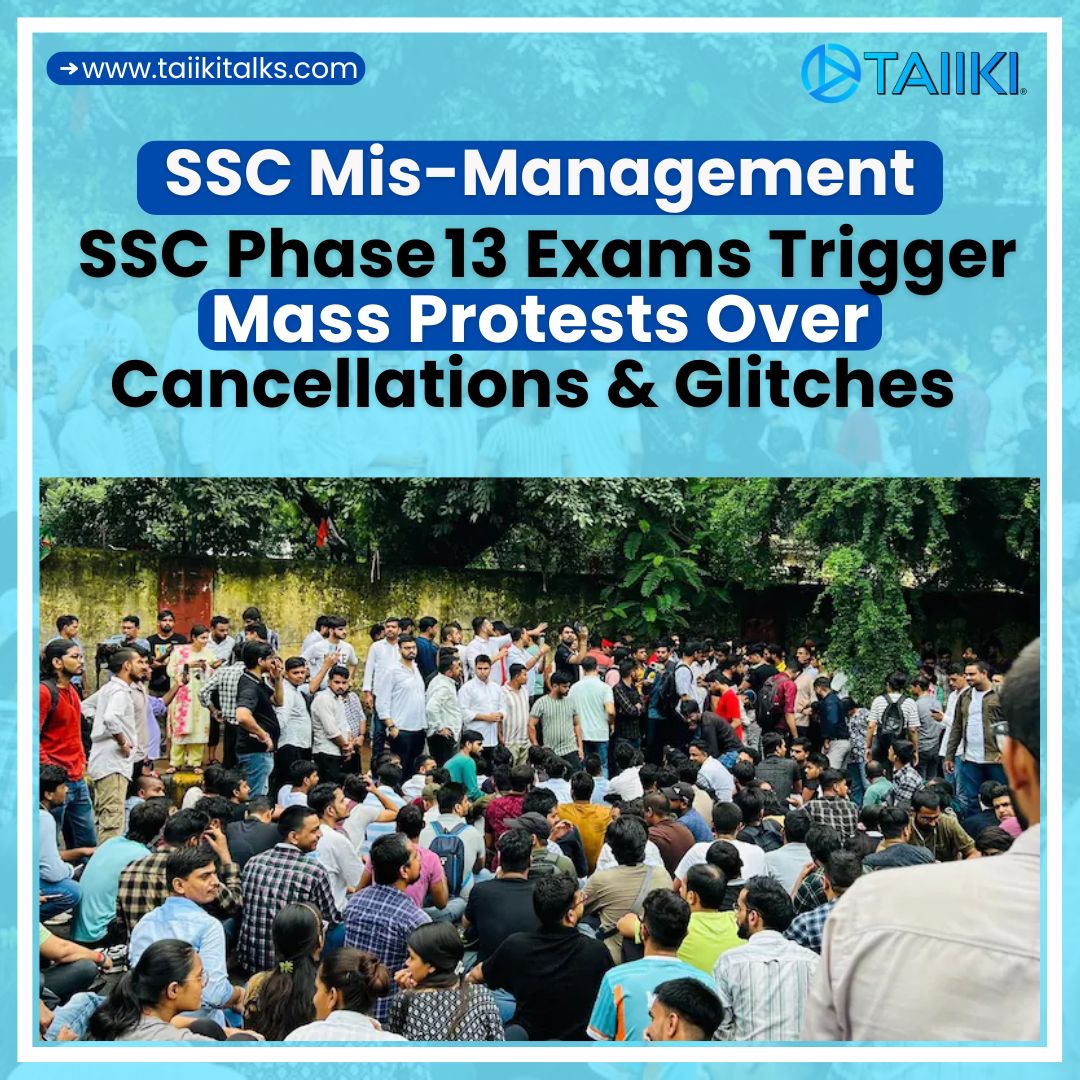



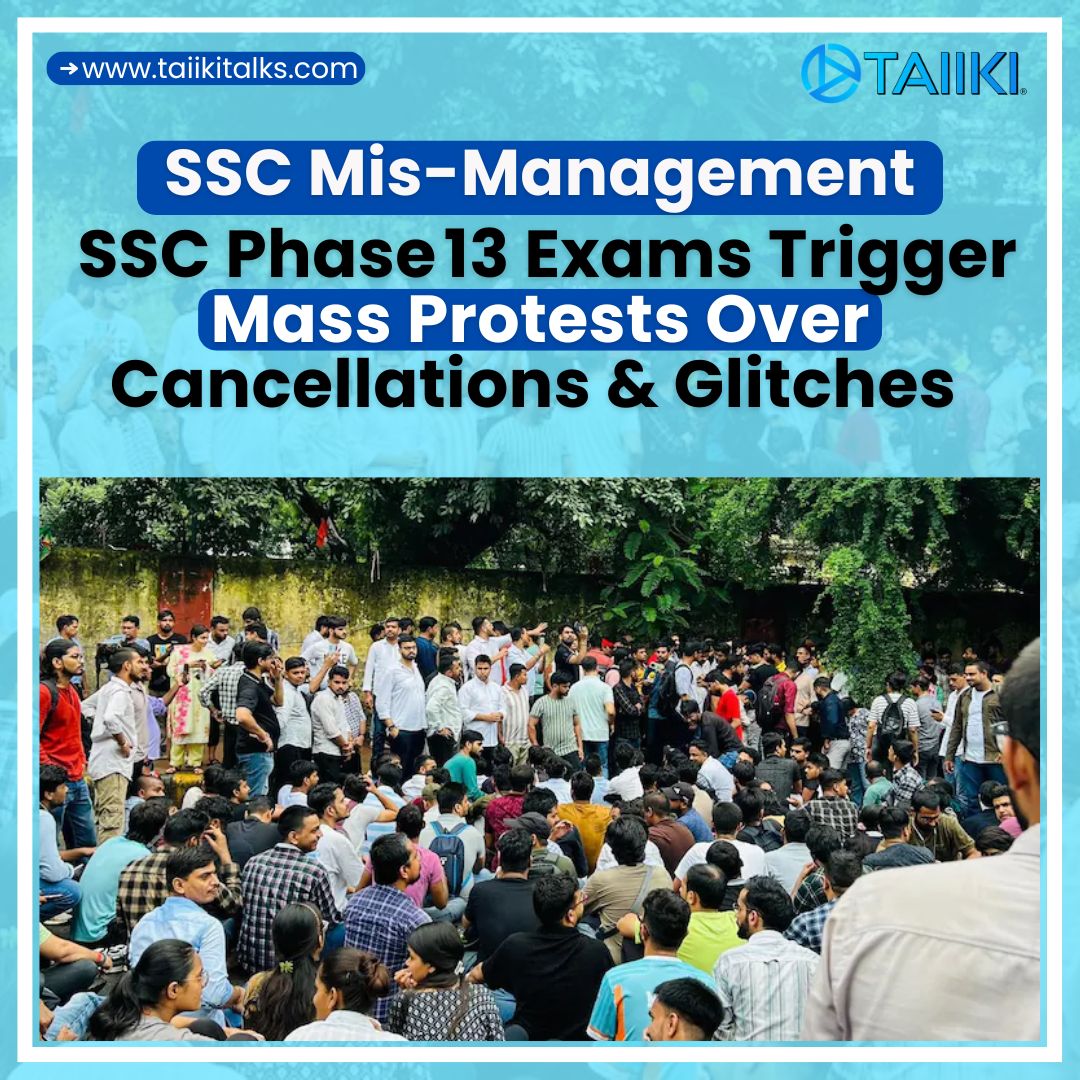


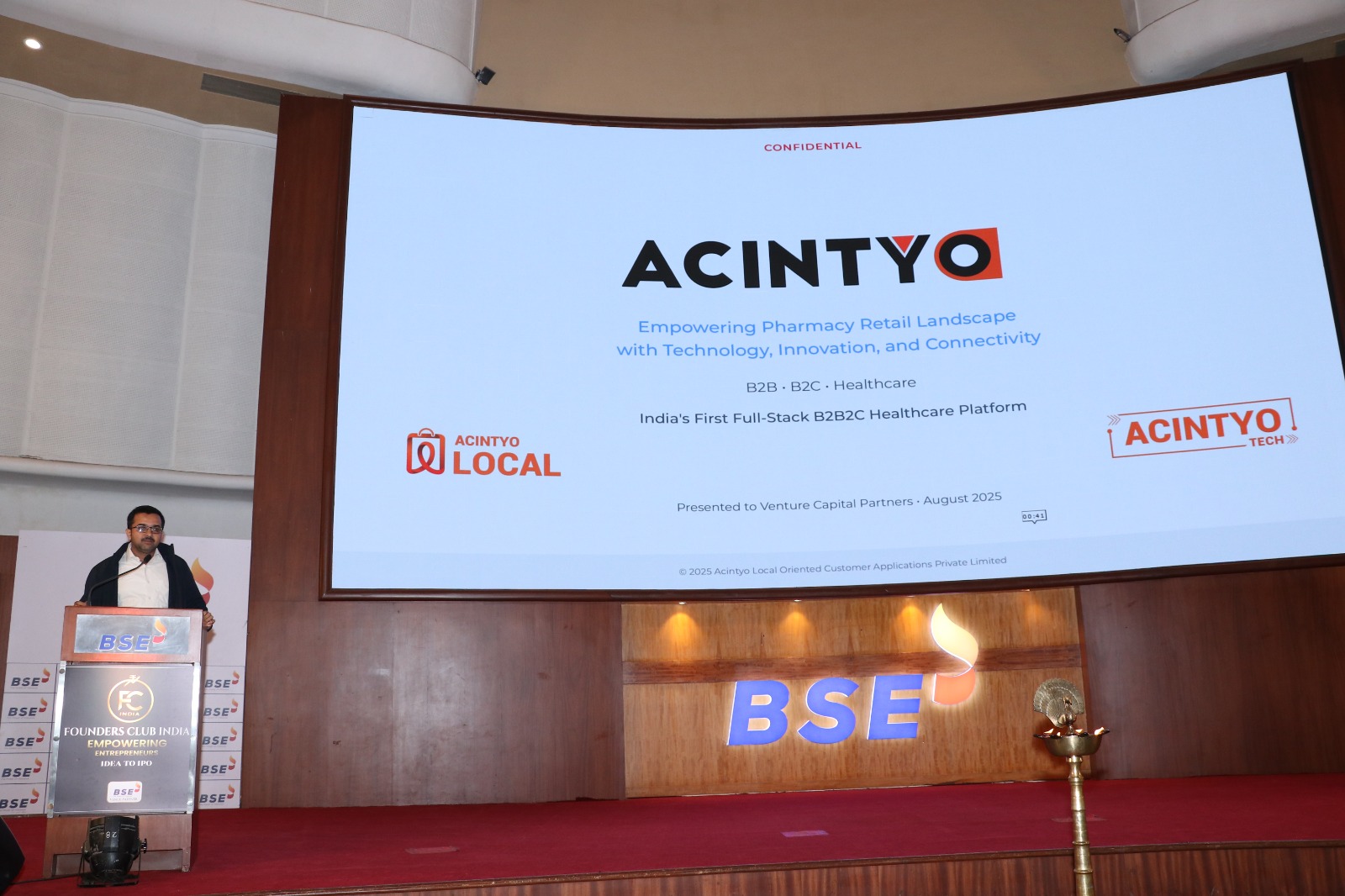






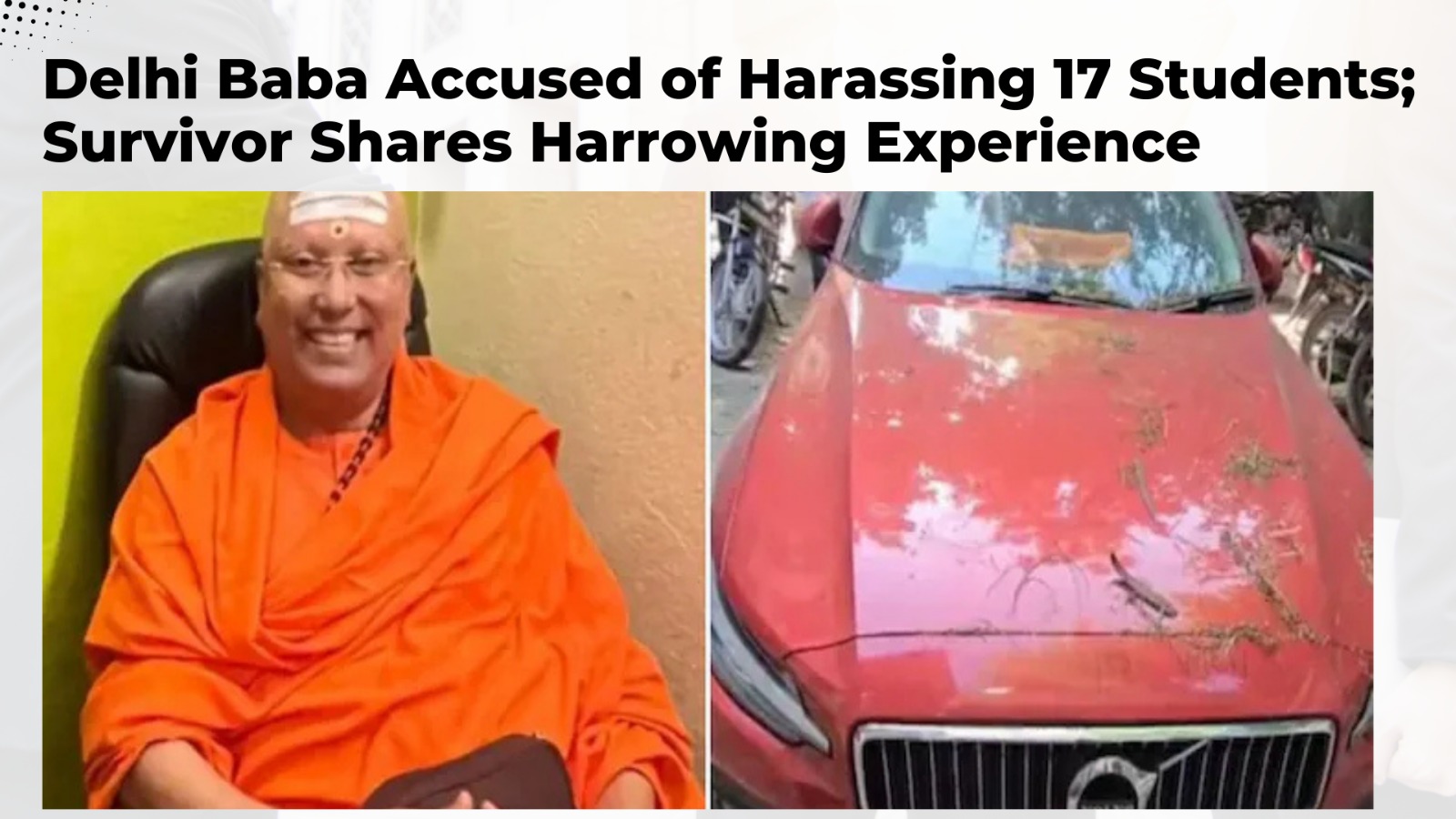
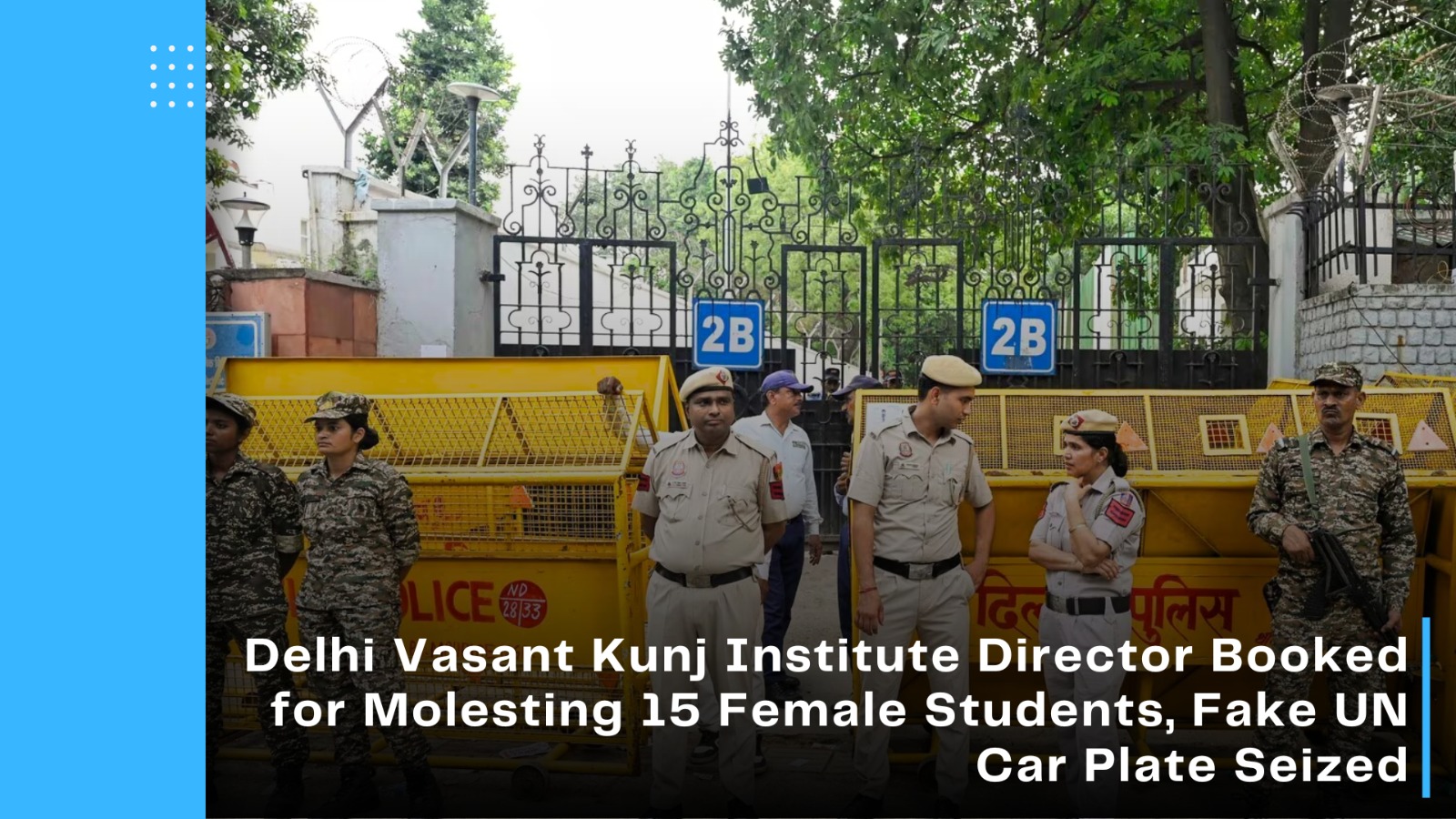












Comments (0)